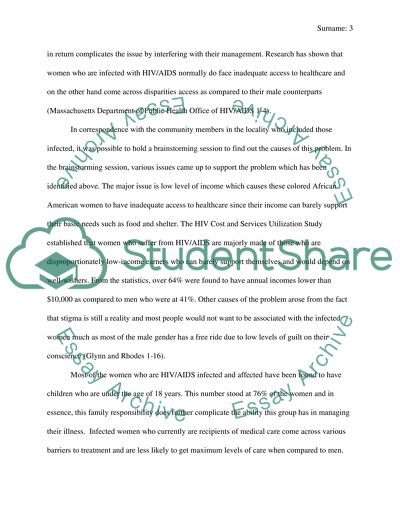Cite this document
(“Force Field Analysis: Women Infected with HIV/AIDS without Access to Essay”, n.d.)
Force Field Analysis: Women Infected with HIV/AIDS without Access to Essay. Retrieved from https://studentshare.org/psychology/1431495-force-field-analysis
Force Field Analysis: Women Infected with HIV/AIDS without Access to Essay. Retrieved from https://studentshare.org/psychology/1431495-force-field-analysis
(Force Field Analysis: Women Infected With HIV/AIDS Without Access to Essay)
Force Field Analysis: Women Infected With HIV/AIDS Without Access to Essay. https://studentshare.org/psychology/1431495-force-field-analysis.
Force Field Analysis: Women Infected With HIV/AIDS Without Access to Essay. https://studentshare.org/psychology/1431495-force-field-analysis.
“Force Field Analysis: Women Infected With HIV/AIDS Without Access to Essay”, n.d. https://studentshare.org/psychology/1431495-force-field-analysis.


